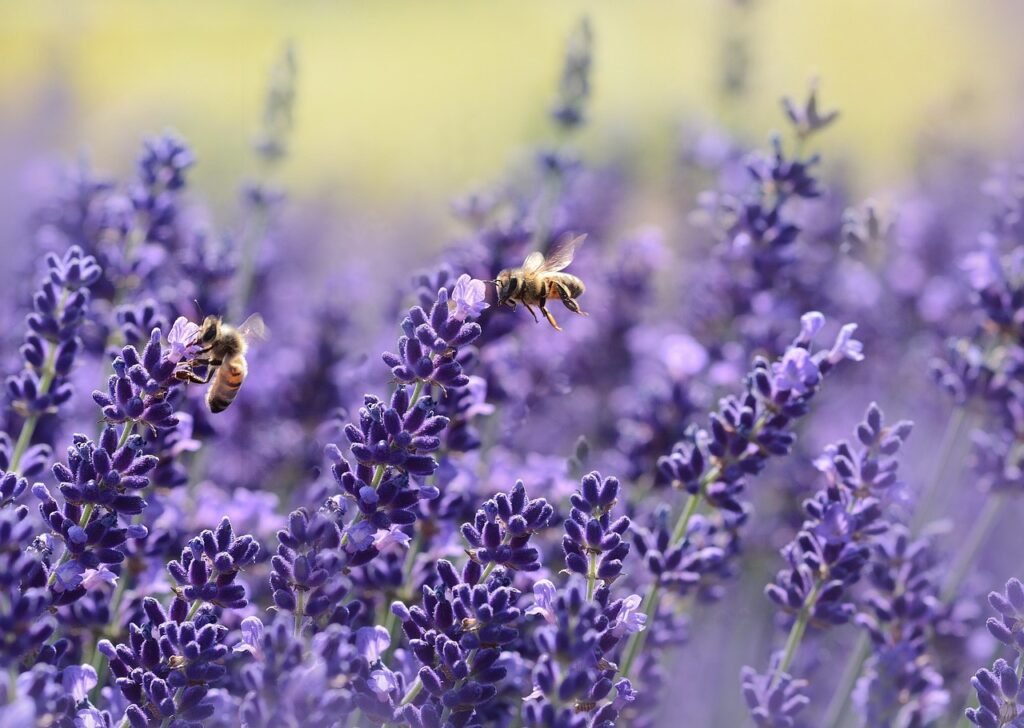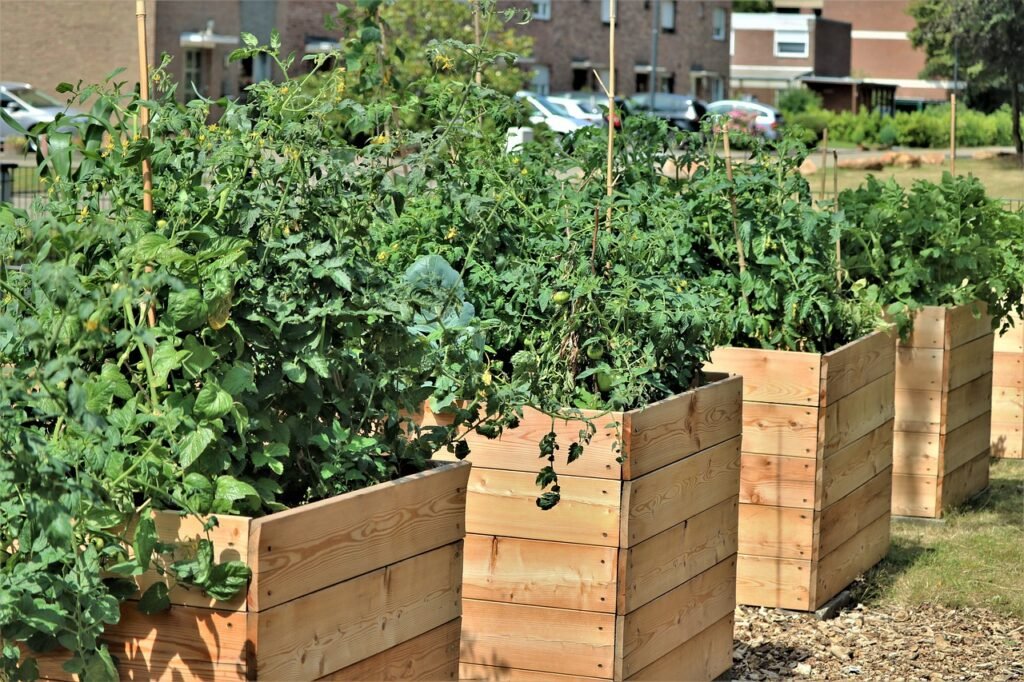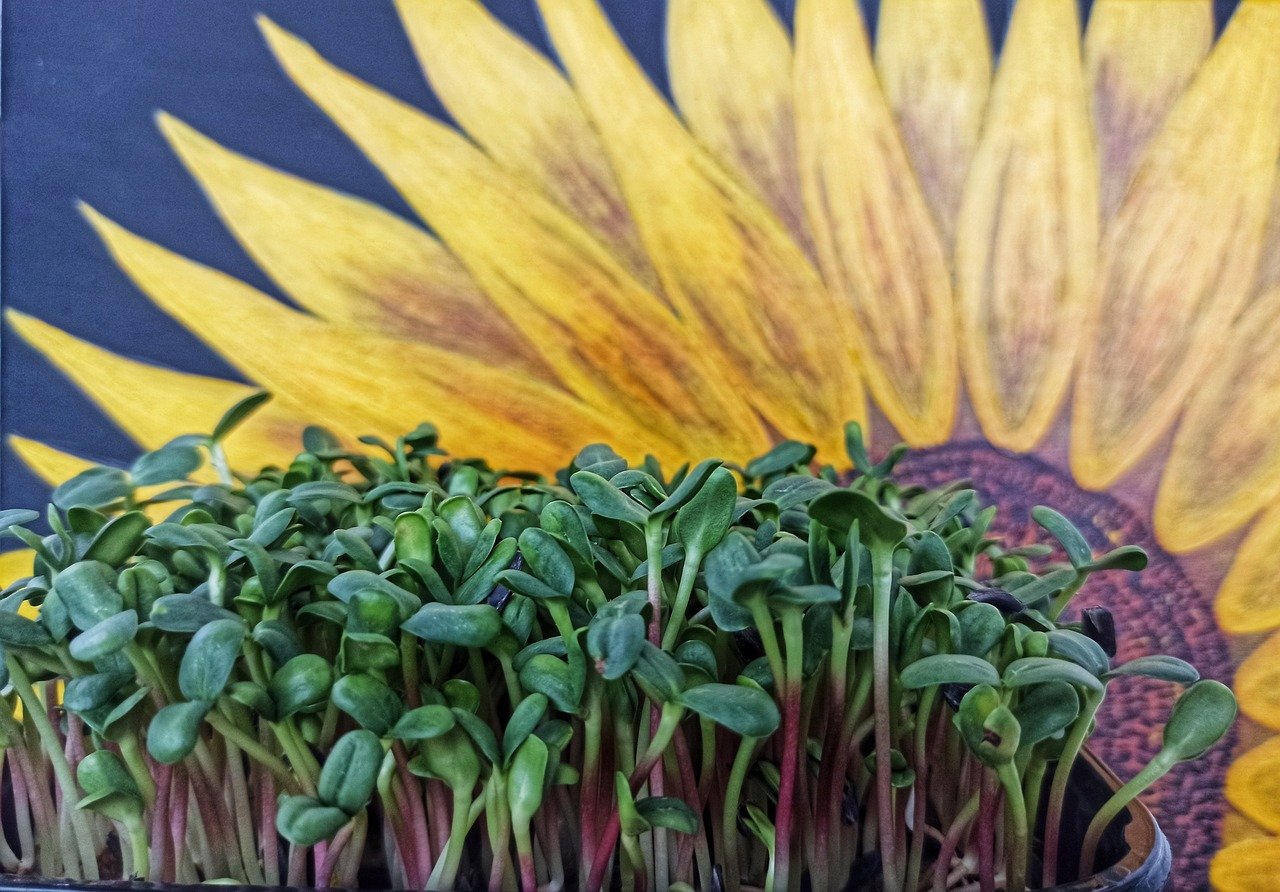
Intro
Gardening is a great hobby that not only allows you to spend time outdoors and get some exercise but also gives you the satisfaction of growing your own plants. But with so many types of gardening to choose from, it can be overwhelming to decide which one to pursue. In this ultimate guide, we will explore the different types of gardening and how to pick one that suits your needs and preferences.
Understanding the Basics of Gardening Types

Gardening can be overwhelming to those who are just starting out, with so many different types to choose from. Broadly speaking, gardening can be categorized into four main types: outdoor, indoor, container, and specialized gardening.
Outdoor gardening is the most traditional and common type of gardening, where plants are grown in the soil outdoors. This type of gardening provides the perfect environment for plants to thrive, as they are exposed to natural sunlight and rain. Vegetable gardening and flower gardening are two popular types of outdoor gardening. Vegetable gardening involves growing vegetables and herbs in your backyard, while flower gardening is focused on growing beautiful flowers. Permaculture gardening is a sustainable form of gardening that focuses on creating a self-sustaining ecosystem, with minimal human intervention. Raised bed gardening is another popular outdoor gardening option, where plants are grown in raised beds filled with soil.
Indoor gardening, as the name suggests, involves growing plants inside your home or in a greenhouse. This type of gardening is ideal for those who live in apartments or have limited outdoor space. Plants can be grown in pots or containers and placed inside the house near windows to get enough sunlight. Hydroponic gardening is a specialized form of indoor gardening, where plants are grown in water instead of soil. Terrarium gardening is another form of indoor gardening that involves growing plants in a glass container to create a miniature ecosystem.
Container gardening is a flexible and versatile form of gardening that can be done both indoors and outdoors. Plants can be grown in pots, hanging baskets, or other types of containers. This type of gardening is ideal for people who have limited space or want to move their plants around. Container gardening can be used for growing vegetables, herbs, flowers, or even fruit trees.
Specialized gardening is focused on specific types of plants and is ideal for gardeners who want to specialize in a particular type of gardening. Vegetable gardening involves growing vegetables and herbs, while flower gardening is focused on growing beautiful flowers. Permaculture gardening is a sustainable form of gardening that focuses on creating a self-sustaining ecosystem. Herb gardening is another specialized form of gardening that involves growing different types of herbs for cooking and medicinal purposes.
Understanding the basics of gardening types can help you choose the right type of gardening that suits your needs and preferences. Each type has its own unique features, benefits, and challenges. Consider your space, time, and resources before picking a type of gardening to pursue.
Exploring Outdoor Gardening Options

Outdoor gardening is a popular choice among gardeners and offers a range of options to choose from. One option is vegetable gardening, where gardeners can grow their own vegetables and herbs in their backyard. This type of gardening not only provides fresh produce for your meals but also promotes a healthy lifestyle. It also allows you to control the type of fertilizers and pesticides used on your crops, ensuring that they are grown organically.
Flower gardening is another type of outdoor gardening that is focused on growing beautiful flowers. This type of gardening not only adds aesthetic value to your home but also provides a relaxing and peaceful environment. Flower gardens can be designed in various styles, such as cottage gardens, formal gardens, and wildflower gardens, depending on your preferences.
Permaculture gardening is a sustainable form of gardening that focuses on creating a self-sustaining ecosystem. This type of gardening involves mimicking natural ecosystems, where plants, animals, and other elements work together to create a healthy environment. Permaculture gardening not only promotes sustainable living but also provides fresh produce and herbs for your meals.
Raised bed gardening is another popular outdoor gardening option where plants are grown in raised beds filled with soil. This type of gardening is ideal for people who have limited space or poor soil quality in their backyard. Raised bed gardening allows you to control the type of soil used and also provides better drainage for your plants. It also reduces the risk of soil-borne diseases and pests. For more info on raised beds here is an article that goes more in-depth https://earthenink.com/index.php/2024/02/13/unlocking-the-secrets-to-successful-raised-bed-gardening/
When choosing an outdoor gardening option, consider factors such as the amount of sunlight and water your plants will receive, the type of soil in your backyard, and the amount of time and effort you are willing to put into maintaining your garden. Also, think about the type of produce or plants you want to grow and the purpose of your garden, whether it is for food or aesthetics. By considering these factors, you can choose the right type of outdoor gardening that suits your needs and preferences.
The Convenience of Indoor Gardening

If you’re looking for a convenient and space-saving way to enjoy gardening, indoor gardening may be the perfect option for you. Whether you live in an apartment or simply don’t have a yard, indoor gardening allows you to grow plants indoors using pots or containers. This type of gardening is also ideal for gardeners who want to have year-round access to fresh produce, herbs, or beautiful flowers.
One of the advantages of indoor gardening is that it allows you to control the environment in which your plants grow. This means you can adjust factors such as lighting, temperature, and humidity to meet the specific needs of your plants. For example, some plants require more sunlight than others, while others thrive in cooler temperatures.
Hydroponic gardening is a specialized form of indoor gardening that involves growing plants in water instead of soil. This method is ideal for plants that require a lot of water or are prone to soil-borne diseases. Hydroponic gardening can also be a space-saving option since the plants are grown vertically using a system of tubes and pumps.
Terrarium gardening is another form of indoor gardening that involves growing plants in a glass container to create a miniature ecosystem. This type of gardening is ideal for people who want to add a touch of greenery to their home or office. Terrariums can be designed in various styles, such as desert or rainforest themes, and can be low-maintenance since the enclosed environment helps to retain moisture.
When choosing the right type of indoor gardening for you, consider factors such as the amount of space you have available, the type of plants you want to grow, and the level of maintenance required. For example, if you’re short on space, you may want to opt for a vertical hydroponic garden. Alternatively, if you’re looking for a low-maintenance option, a terrarium may be the perfect choice.
Indoor gardening is a great way to enjoy the benefits of gardening without having to worry about weather conditions or limited outdoor space. With a little bit of planning and preparation, you can create a thriving indoor garden that adds beauty and freshness to your home.
The Versatility of Container Gardening

Container gardening is a flexible and versatile form of gardening that can be done both indoors and outdoors. This type of gardening involves growing plants in pots, hanging baskets, or other types of containers. Container gardening is ideal for people who have limited space or want to move their plants around. It is also a great option for renters who may not have permission to make permanent changes to their outdoor space.
One of the advantages of container gardening is that it allows you to control the type of soil used, which can be especially helpful if the soil in your yard is poor quality. It also allows for better drainage, reducing the risk of overwatering and waterlogged soil. Container gardening can be used for growing a wide range of plants, including vegetables, herbs, flowers, and even fruit trees.
Container gardens can be designed in a variety of ways, from traditional terra cotta pots to more unconventional items like old tires or bathtubs. You can also choose from a range of sizes, depending on the type of plant you want to grow and the space you have available. Hanging baskets are a great option for small spaces or for adding a decorative touch to a porch or balcony.
When starting a container garden, it is important to choose the right type of container and soil. Plants require specific nutrients and drainage, so be sure to choose a container with proper drainage holes and a soil mix that is appropriate for the type of plant you are growing. Container gardening also requires regular watering and fertilizing, so be prepared to invest some time and effort into maintaining your plants.
Container gardening is a great way to enjoy the benefits of gardening even if you have limited space or poor soil quality. With a little bit of creativity and planning, you can create a beautiful and thriving container garden that adds color and freshness to your home.
Getting Specialized with Specialized Gardening

Specialized gardening allows you to focus on specific types of plants and is ideal for gardeners who want to specialize in a particular type of gardening. Vegetable gardening involves growing a variety of vegetables and herbs in your backyard. This type of gardening not only provides fresh produce for your meals but also promotes a healthy lifestyle. It also allows you to control the type of fertilizers and pesticides used on your crops, ensuring that they are grown organically.
Flower gardening is focused on growing beautiful flowers, which can add aesthetic value to your home and provide a relaxing and peaceful environment. Flower gardens can be designed in various styles, such as cottage gardens, formal gardens, and wildflower gardens, depending on your preferences.
Permaculture gardening is a sustainable form of gardening that focuses on creating a self-sustaining ecosystem. This type of gardening involves mimicking natural ecosystems, where plants, animals, and other elements work together to create a healthy environment. Permaculture gardening not only promotes sustainable living but also provides fresh produce and herbs for your meals.
Herb gardening is another specialized form of gardening that involves growing different types of herbs for cooking and medicinal purposes. This type of gardening not only adds flavor to your meals but also allows you to create your own natural remedies. Herbs can be grown in containers or in a designated area in your backyard.
When choosing a specialized form of gardening, consider the specific type of plants you want to grow and the purpose of your garden. Each type of specialized gardening has its own unique benefits and challenges, so it is important to research and plan accordingly. By focusing on a particular type of gardening, you can become an expert in that area and enjoy the rewards of growing your favorite plants.
Tips for Choosing the Right Type of Gardening for You

Choosing the right type of gardening can be overwhelming, but by considering a few key factors, you can find the perfect fit. First, think about the space you have available. If you have a backyard with plenty of sunshine, outdoor gardening may be the way to go. However, if you live in an apartment or have limited space, indoor or container gardening may be better options.
Next, consider the amount of time and effort you are willing to put into your garden. Some types of gardening, such as outdoor vegetable gardening, require more maintenance than others. If you have a busy schedule, you may want to opt for a low-maintenance option like a terrarium or hydroponic garden.
You should also think about the purpose of your garden. Do you want to grow fresh produce or herbs for your meals, or are you more interested in creating a beautiful outdoor space? Each type of gardening has its own unique benefits and challenges, so it is important to research and plan accordingly.
Finally, consider your level of experience. If you are new to gardening, it may be best to start with a low-maintenance option like a container garden or permaculture garden. As you gain experience and confidence, you can explore more complex types of gardening.
Remember, the type of gardening you choose should be a reflection of your needs, preferences, and lifestyle. By considering these factors, you can find the perfect fit and enjoy the many benefits of gardening.




